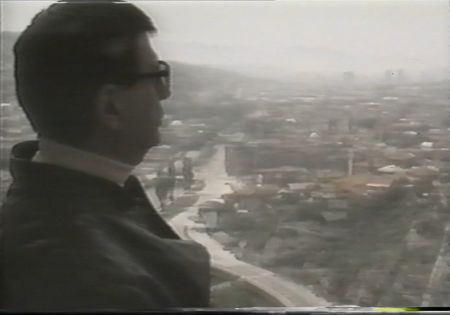Celebrating the Day of the City of Sarajevo, observed in Bosnia and Herzegovina on April 6, the Museum of Literature and Performing Arts of BiH presents the film Death in Sarajevo, preserved and digitized at the Blinken OSA Archivum.
April 6 is an exceptional historical date in Bosnia and Herzegovina: in 1941, it was on April 6, that Germany invaded Yugoslavia; in 1945, it was on April 6, that the Yugoslav Partisans liberated Sarajevo; and then in 1992, it was once again on April 6, that the Serbian army started shelling Sarajevo, beginning the four-year siege of the city. On this day, Sarajevo and the world celebrate the history of the city and the perseverance and courage of its people.
We are delighted that this year the Blinken OSA Archivum can contribute to the memorial day as well; the Museum of Literature and Performing Arts of Bosnia and Herzegovina invites the public to the screening of the film Death in Sarajevo. Haris Prolić and Tvrtko Kulenović’s poetic documentary has been preserved and digitized at the Blinken OSA Archivum, as part of the International Monitor Institute’s (IMI) Balkan Archive. IMI was established in 1993 to archive the visual traces of human rights violations: television newscasts, amateur recordings, documentaries. The organization was founded by American actor Pippa Scott shortly after she had joined a human rights group to Sarajevo in 1992.
Last year, on the 30th anniversary of the siege of Sarajevo, Chief Archivist Csaba Szilágyi reminded that, “Today in Ukraine, similar mass atrocities and alleged war crimes are being committed by the invading Russian army.” Also, read Szilágyi’s blog post on audiovisual documents becoming criminal evidence here.


